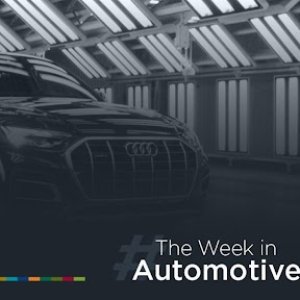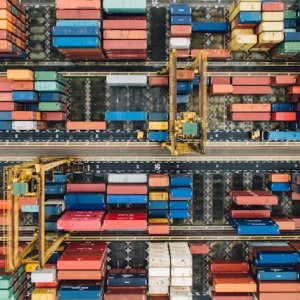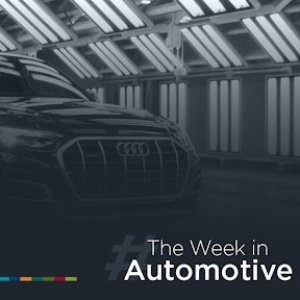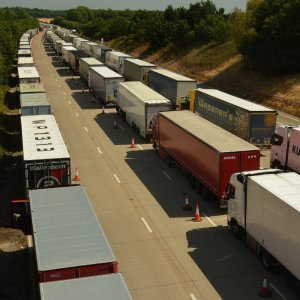The Heavy Vehicle is Ready for Sustainable Mobility

STORY INLINE POST
Q: How is ANPACT collaborating toward the creation of the New General Law of Mobility and Road Safety?
A: We have participated directly and indirectly in the elaboration of this new law. ANPACT promotes the interests of the heavy-vehicle and engine producers in Mexico, and fosters the development of the commercial vehicle industry. ANPACT participates also in the Mexican Association of Mobility Authorities (AMAM), which represents the interests of different stakeholders, including state governments. ANPACT has always promoted road safety through norms, such as the incoming NOM on safety devices elaborated alongside the Ministry of Economy.
Sustainable mobility is unsustainable without taking into account public transportation and logistics. We are a fundamental part of the future of mobility. We have held meetings with the Mexican Senate, senators and the Senate Committee for Metropolitan Areas and Mobility to address this matter. Some states already have related laws but there are no consistent and coherent public policies, in most of the cases, regarding mobility and road safety at the federal and state level.
The new law will provide a scheme to address all mobility and road safety concerns in the country. The draft of the new law will define the responsibilities and stakeholders involved. While a large part of the responsibility will lay on the Mexican Ministry of Urban and Territorial Development (SEDATU), it is a transversal topic that involves the ministries of transportation, economy, public security, finance and environment.
Q: The draft of the new law mentions a public fund that can be used to improve mobility and road safety. What is ANPACT’s perspective?
A: The law will involve a public fund to implement cohesive public policies that improve mobility and road safety. Some policies may include the renewal of the vehicle park, which is currently about 19 years old. Other potential policies related to green incentives for new fleets and financing. It is not effective to simply design new norms for road safety, since old vehicles do not necessarily comply with new norms. For that reason, any new norm should go hand in hand with vehicle park renewal, so those new vehicles comply with all new safety and environmental standards.
Another concern is providing drivers and transport entrepreneurs with professional skills. Mexico has over 140,000 transportation companies and over 90 percent are micro and small businesses, which will face more challenges regarding vehicle park renewal. The largest challenge will be to renew their fleets, which would lead to a cleaner, more sustainable, safer and more efficient transportation ecosystem.
Q: The deadline for NOM-044 to be enforced is coming. How is ANPACT preparing to meet the new requirements?
A: The entire transportation value chain is looking for common ground to find a solution that reduces emissions, which might be vehicle park renewal with new technologys and fuels, such as, ultra-low sulfur diesel. ANPACT’s members have invested strongly in this technology but the authorities need to ensure ultra-low sulfur diesel is 100 percent available nationwide.
Older vehicles pollute the most but working with SEMARNAT and energy agencies it will be possible to find solutions. ANPACT proposes to have Euro V / EPA 07 (vehicles that use regular diesel) coexisting with Euro VI / EPA 10. We can find a solution, since ultra-low-sulfur diesel is not yet available nationwide.
Q: One year after USMCA entered into force, how are ANPACT’s members complying with rules of origin and new labor standards?
A: USMCA entered into force on July 1st, 2020, it was a major challenge for the whole automotive industry, however for the heavy vehicle industry, there were certain things that made possible for the industry to comply immediately, for example we did not have any immediate increase on our VCR, until 2024 we will need to comply with 64% of VCR and by 2027 with 70% of VCR.
However, there were new requirements like steel and aluminum and labor value content that represent challenges during the implementation to the industry, since there was no precedent in the past. Today, all companies comply with all the requirements and disciplines without exception. We are ready to continue our exports Worldwide leadership through the USMCA integration.
There were some follow-ups regarding labor matters, particularly those concerning the recent labor reforms for unions. Today, all companies are in compliance with all the necessary norms, without exception. We are also collaborating closely with the implementation of the most recent labor reform regarding outsourcing. Heavy-vehicle companies are complying with the new standards but are still waiting for the federal authorities to accelerate all the official paperwork required.
Q: How will new heavy-vehicle power technologies transform the sector?
A: It is important for us to retain our leadership in the sector. Mexico is the top exporter of tractor trucks, the fourth-largest heavy-duty truck producer, the 10th-largest producer of buses and the fifth-largest heavy-vehicle manufacturer worldwide. It is important to maintain our competitive advantages to continue as leaders in both the light- and heavy-vehicle sectors. During the pandemic, we maintained our leadership and we are preparing to continue to do so as the industry changes and adapts to the USMCA.
New technologies are arriving in the country, including electromobility, as many light-vehicle manufacturers are committing to only produce EVs. The sector will increasingly demand vehicles powered by alternative sources of energy, including natural gas, hybrid, electric and hydrogen. Mexico has already exported natural gas, diesel, electric and even hybrid heavy vehicles.
The coming years will see stricter environmental standards across the supply chain. Sustainable vehicles represent about 1 percent of total production and exports and 98 percent of our exports head to the US. Should that market implement new rules, such as carbon taxes or similar measures, Mexico would have to adapt. New technologies will gain in importance as the industry strives for efficiency. Heavy trucks are not a luxury. Heavy vehicles are assets that help companies gain profits.
We will continue to pay close attention to regulatory affairs that could hinder the sector’s strength. The automotive sector generates 1.9 million jobs and 3.4 percent of the GDP.
The National Association of Bus, Truck and Tractor-Trailer Manufacturers (ANPACT) represents heavy-vehicle and engine producers in Mexico. It promotes the development of the commercial vehicle industry.






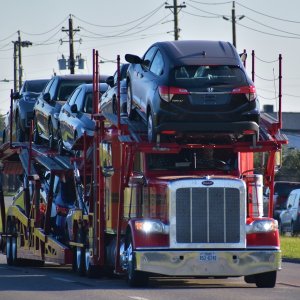

 By Alejandro Enríquez | Journalist and Industry Analyst -
Tue, 08/31/2021 - 06:00
By Alejandro Enríquez | Journalist and Industry Analyst -
Tue, 08/31/2021 - 06:00

